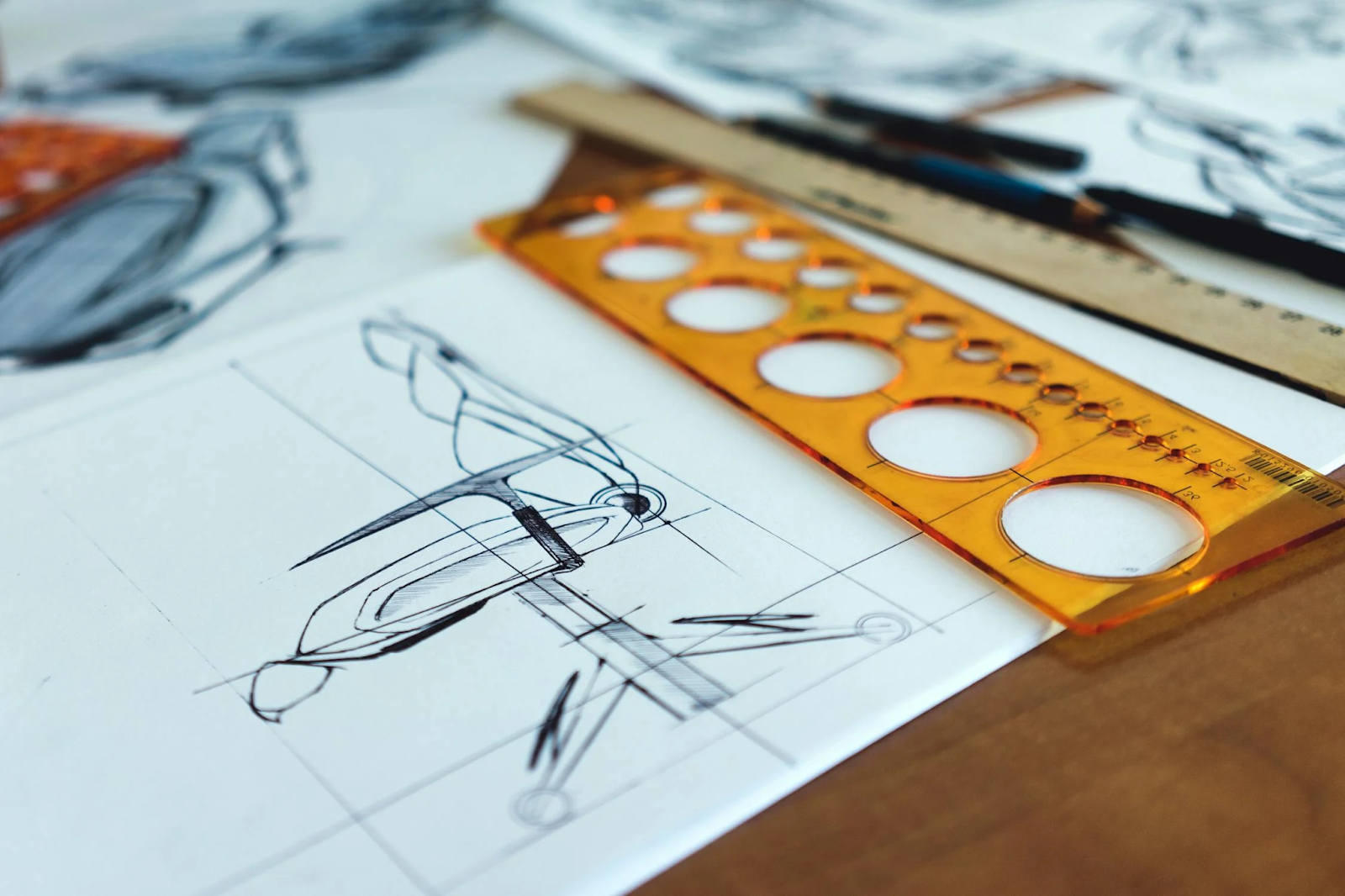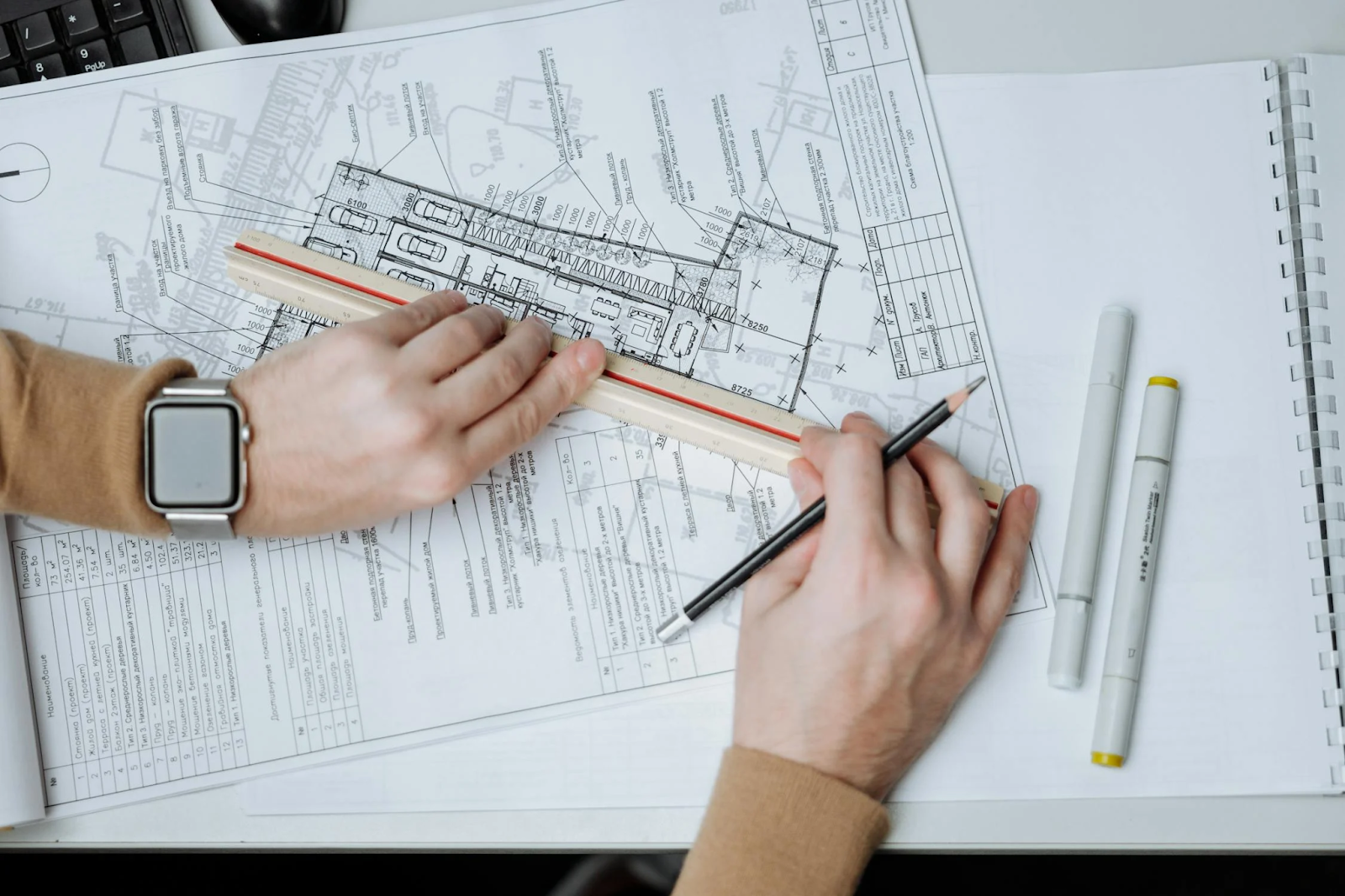In the ever-evolving world of architecture, gadgets play a pivotal role in transforming creative visions into tangible realities. From high-tech drawing tablets to cutting-edge 3D printers, these tools streamline workflows and enhance precision, allowing architects to push the boundaries of design. The right gadgets can make all the difference, turning complex projects into manageable tasks and bringing innovative ideas to life with unprecedented accuracy.
Architecture Gadgets
Architecture gadgets empower architects to translate complex ideas into precise designs. Devices like drawing tablets and 3D printers streamline design processes, ensuring efficiency and accuracy. These tools enable the creation of detailed models, helping architects visualize their concepts more clearly.
Advanced gadgets also foster innovation. Virtual reality headsets allow immersive exploration of designs, providing a realistic perspective before construction begins. This capability helps in identifying potential issues early, saving time and resources.
Laser measuring tools enhance precision in measurements, critical for the accuracy of building plans and layouts. Drones offer aerial views and site inspections, facilitating detailed assessments that are otherwise challenging.
Benefits Of Using Architecture Gadgets
Integrating advanced gadgets in architecture offers significant benefits that transform the workflow of architects, supporting them in creating precise and innovative designs.
Enhanced Visualization
Advanced visualization tools improve how architects present their ideas. Virtual reality headsets like the Oculus Rift and HTC Vive offer immersive experiences, allowing clients and stakeholders to walk through designs before construction begins. This level of detailed visualization helps in obtaining early feedback, making necessary changes, and ensuring that the final outcome aligns with the client’s vision. Integration with design software further enhances this process, providing a cohesive visual presentation.
Improved Accuracy
Gadgets improve accuracy in architectural measurements and assessments. Laser measurement tools like the Leica DISTO and Bosch GLM eliminate errors in manual measurements. These devices provide precise data quickly, which is crucial for accurate planning. Drones equipped with high-resolution cameras capture aerial views and site conditions, offering detailed perspectives that are otherwise challenging to obtain. This ensures that designs are based on accurate data, reducing the risk of costly errors and project delays.
Future Trends In Architecture Gadgets
Advancements in technology continually reshape architecture. Emerging trends in architecture gadgets promise to further enhance design efficiency, visualization quality, and project accuracy. Key trends include artificial intelligence (AI), augmented reality (AR), and sustainable technologies.
 AI for Smart Design
AI for Smart Design
AI tools analyze vast datasets to provide architects with optimized design solutions. Algorithms can predict structural integrity, energy efficiency, and material sustainability. Examples include Autodesk’s Generative Design and Spacemaker AI. These platforms help create more efficient and innovative structures by assessing numerous design permutations in a fraction of the time.
Augmented Reality Integration
Augmented Reality (AR) enables architects to overlay digital models onto the physical world. This tech improves spatial understanding and client presentations. Devices like the Microsoft HoloLens and Magic Leap allow for interactive 3D visualizations directly in the real-world environment, merging virtual and actual aspects seamlessly.
Sustainability-Focused Gadgets
Environmental sustainability drives innovations in architecture gadgets. Tools like the Sefaira and Cove.tool focus on energy modeling and daylight analysis, helping architects design eco-friendly buildings. These gadgets support cost-effective, sustainable designs by providing real-time feedback on energy consumption and environmental impact.
Robotics in Construction
Robotic advancements refine the construction phase. Drones and robotic arms offer precision and efficiency in surveying and building. Examples include DJI drones for aerial site surveys and Construction Robotics’ SAM (Semi-Automated Mason) for bricklaying. These technologies increase safety, reduce labor costs, and enhance construction accuracy.
 Internet of Things (IoT) Integration
Internet of Things (IoT) Integration
IoT devices collect and share data across different construction stages. Smart sensors monitor structural health, environmental conditions, and energy usage. Products like SmartRock sensors and Facilio’s IoT platform ensure real-time data collection and analysis, which improves the maintenance and performance of buildings.
These future trends represent crucial shifts in the architecture landscape, presenting opportunities for architects to leverage technology for more creative, efficient, and sustainable designs.
In Conclusion
Architecture gadgets are revolutionizing the industry by enhancing design processes and accuracy. With the right selection, these tools can significantly improve usability and fit within budget constraints. Future trends like AI, augmented reality, sustainability tools, robotics, and IoT integration promise to elevate design efficiency and project accuracy even further. As the architectural landscape evolves, leveraging these technologies will be crucial for creating more creative, efficient, and sustainable designs.